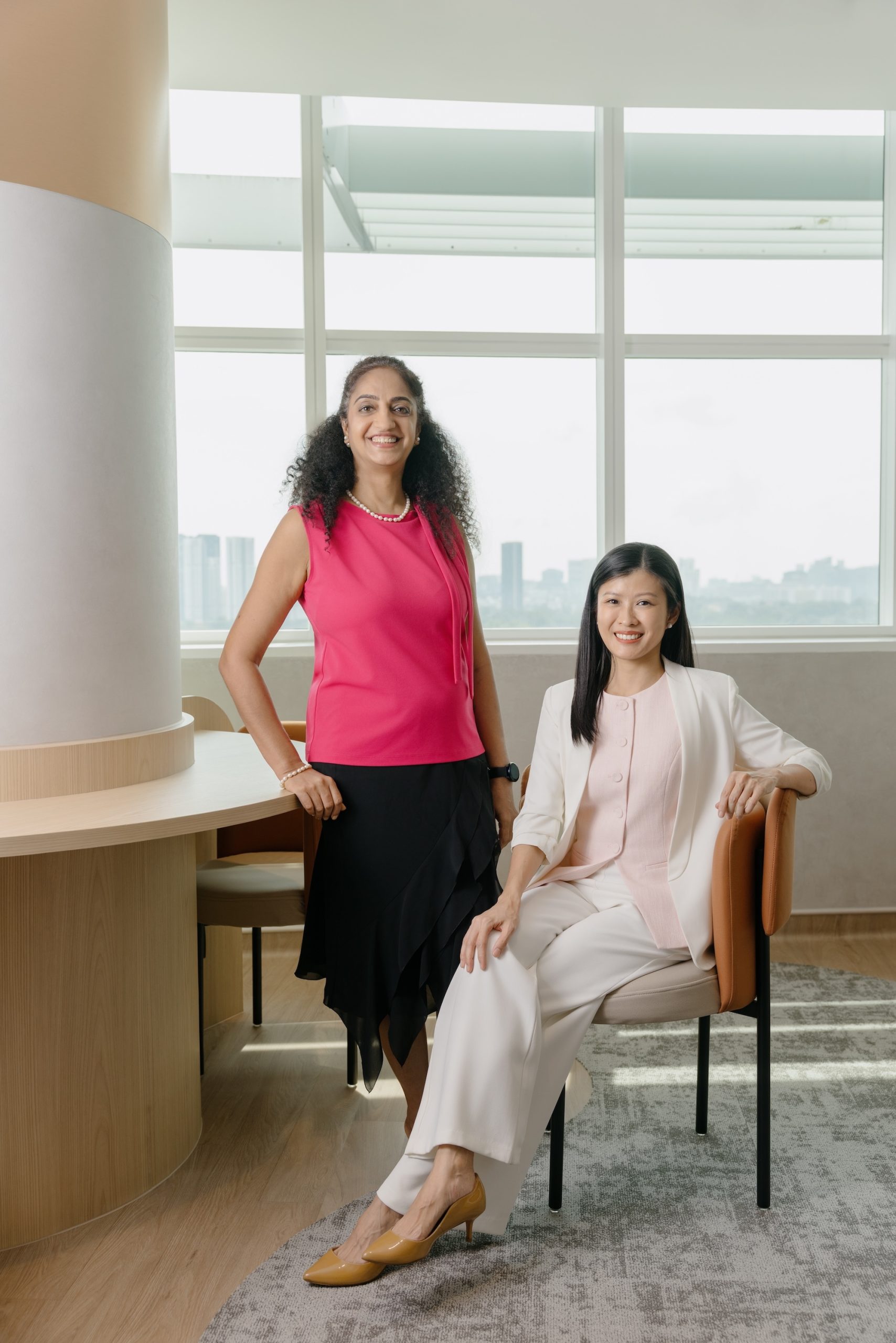


October is Breast Cancer Awareness Month, a time when conversations about breast health take centre stage. While awareness has grown significantly over the years, misconceptions persist that can impact early detection and treatment outcomes.
Senior Consultant Radiologists, Dr Cheryl Lim, and Dr Niketa Chotai from RadLink address these common myths, offering clarity and empowering women with the knowledge they need to make informed decisions about their breast health.

This is one of the most persistent misconceptions about breast cancer. While having a family history does increase the risk of breast cancer, many women diagnosed with breast cancer have no first-degree relatives with the disease.
“The reality is that breast cancer can affect anyone,” Dr Cheryl says. “We recommend regular screening for women starting at age 40, or as advised by their doctor, regardless of family history.”

The key is understanding that family history is just one piece of the puzzle. Age, lifestyle factors, and hormonal influences all play important roles in breast cancer risk.
Myth 2: Mammograms are risky due to radiation
Many women express concern about radiation exposure from mammograms, but this worry is largely unfounded. The amount of radiation from a mammogram is comparable to the cosmic radiation you’d receive from two long-haul flights, such as travelling from the US to Singapore.
“Modern mammography equipment and techniques are designed to minimise radiation exposure while delivering high-quality images,” notes Dr Cheryl. “The benefits of regular screening – early detection and treatment – far outweigh the minimal radiation risk.”
If you’re comfortable flying internationally, the radiation exposure from mammograms should be viewed in the same context: a small, manageable risk for significant health benefits.

Discovering a breast lump can be frightening, but it’s important to know that many lumps are benign. Cysts, fibroadenomas, and other non-cancerous conditions commonly cause breast lumps.
“The key is not to panic, but to seek medical evaluation promptly,” advises Dr Cheryl. “Proper assessment typically involves imaging tests like mammograms or ultrasounds, and sometimes a needle biopsy. This information allows us to provide appropriate management or treatment if needed.”
Early evaluation not only provides peace of mind but ensures timely treatment when necessary.
While most breast cancers occur in women over 50, younger women are not immune. About 5-7% of all breast cancers are diagnosed in women under 40 (ref: SEER Cancer Statistics. National Cancer Institute)
Dr Niketa notes “Unfortunately, breast cancer in younger women is often more biologically aggressive and diagnosed at later stages, leading to poorer outcomes.”
Several factors contribute to this challenge, she explains:
This means it is important for women of all ages to:
Know your normal. Become familiar with how your breasts usually look and feel.
Be familiar with the symptoms. Seek medical advice if you notice a new lump or thickening in the breast or underarm, skin dimpling or puckering, nipple changes or discharge, or persistent breast pain not linked to your menstrual cycle.
Know your family history. If you have close relatives with breast or ovarian cancer, discuss earlier screening or genetic testing with your doctor.
While rare, men can develop breast cancer. According to the American Cancer Society, about 1 in 833 men will develop breast cancer in their lifetime. In the United States, approximately 2,800 new cases are diagnosed annually, with over 500 deaths each year. The National Cancer Centre Singapore has also documented cases of male breast cancer, often presenting at later stages due to lack of awareness.
Risk factors for men include:
Men should watch for:
Breast self-examinations and mammograms serve different but complementary purposes. Neither should replace the other.
Self-examination is a supplementary awareness tool that should begin at age 25 for all women. It helps women become familiar with their breasts’ normal appearance and feel, making it easier to notice changes between regular screenings.
Mammography is a scientifically validated screening tool, especially recommended for women aged 40 and above (or earlier for high-risk individuals). Mammograms can detect cancers before they can be felt, identifying small tumours or microcalcifications that may not be palpable for years.
“Think of breast self-examination as staying connected with your body, while mammography provides the clinical precision needed for early detection,” explains Dr Niketa. “Together, they form a comprehensive approach to breast health.”
Understanding these facts empowers women to make informed decisions about their breast health. Regular screening, awareness of changes, and open communication with healthcare providers remain the cornerstones of effective breast cancer prevention and early detection.
If you have concerns about your breast health or would like to discuss your screening options, don’t hesitate to reach out to your healthcare provider. Knowledge, combined with proactive care, is your best defence against breast cancer.
This article is a part of Camden Conversations, and is written by Sheralyn Tay.